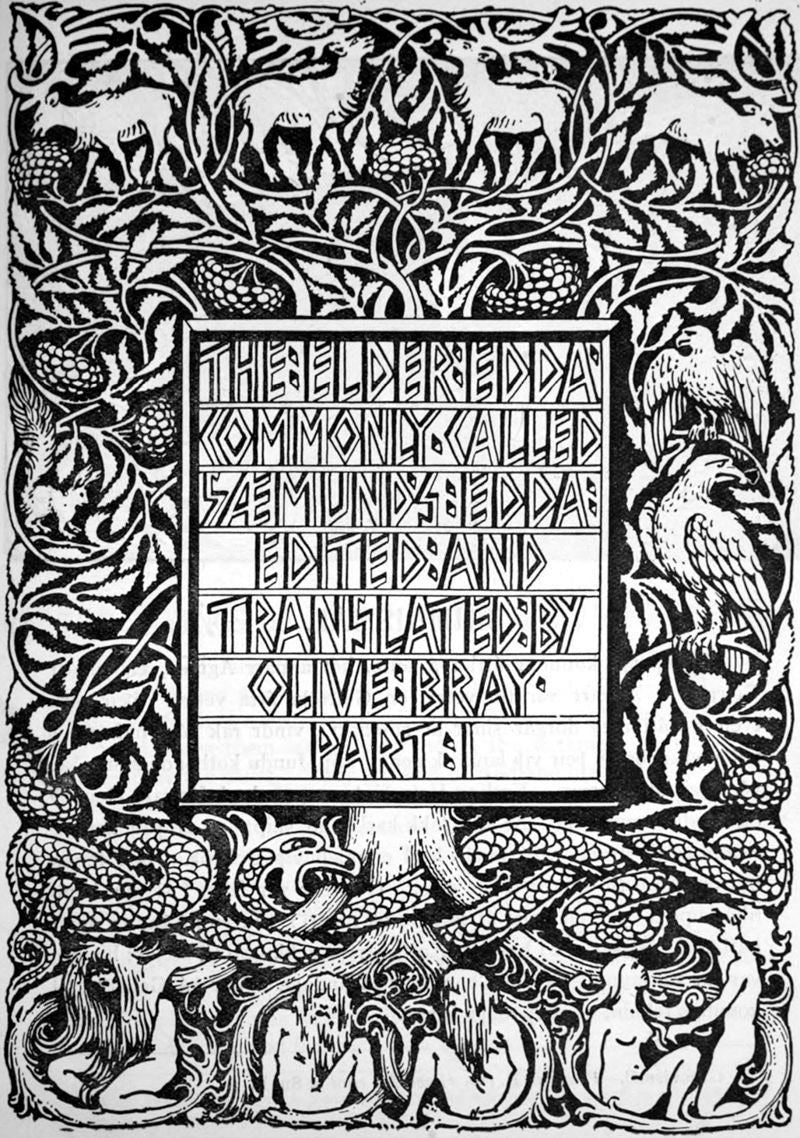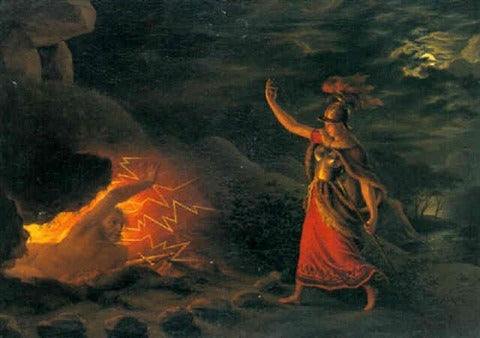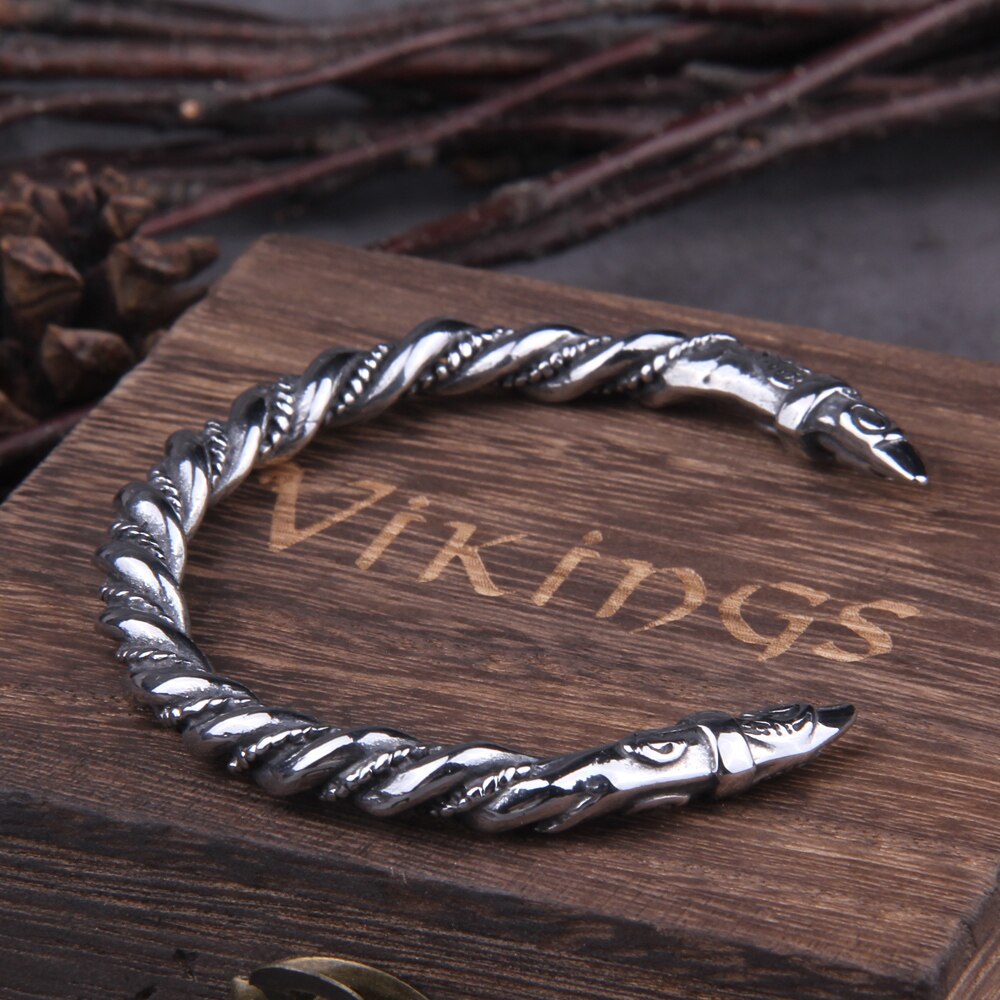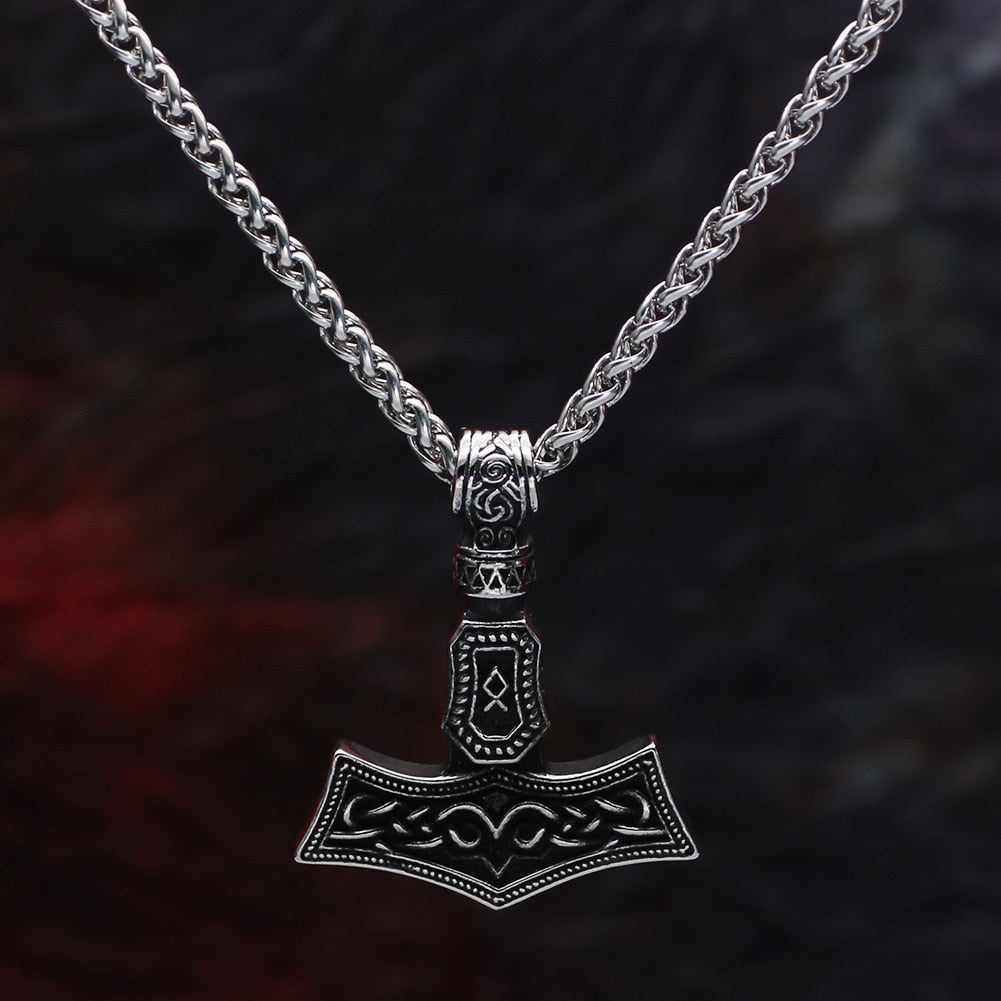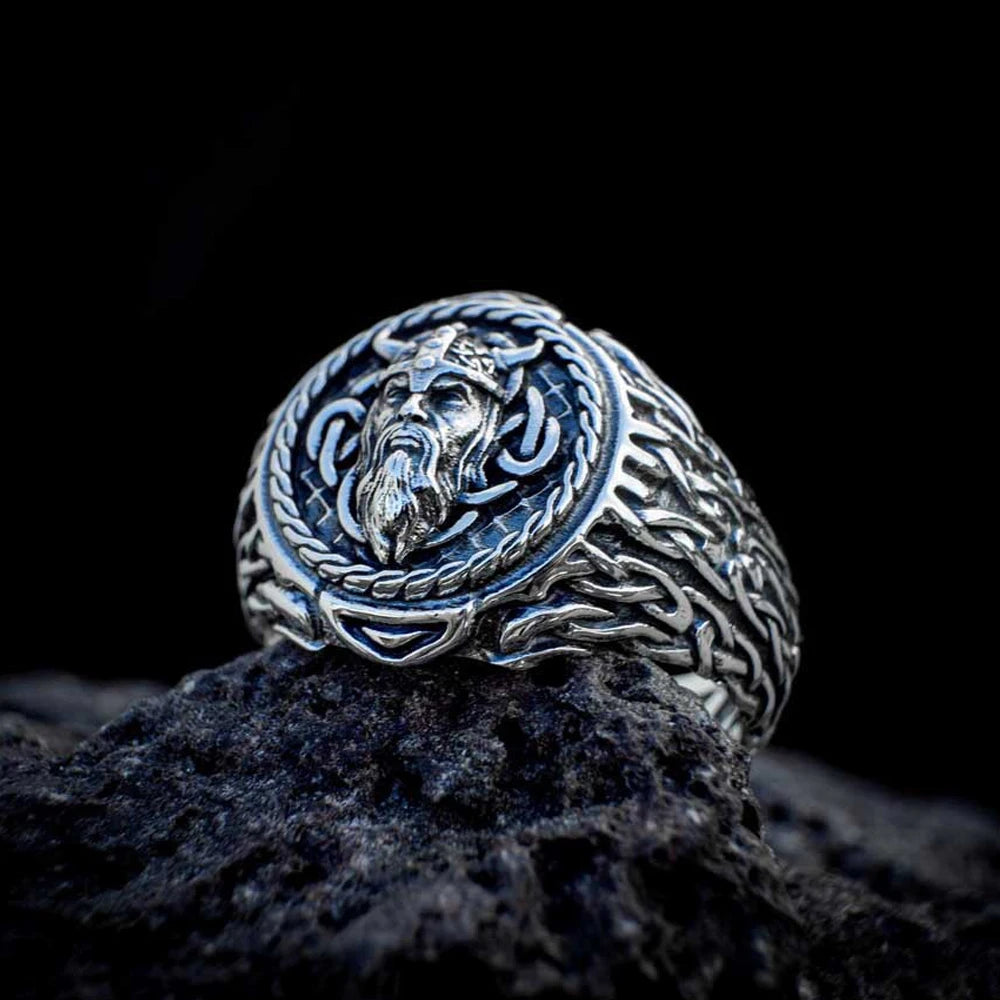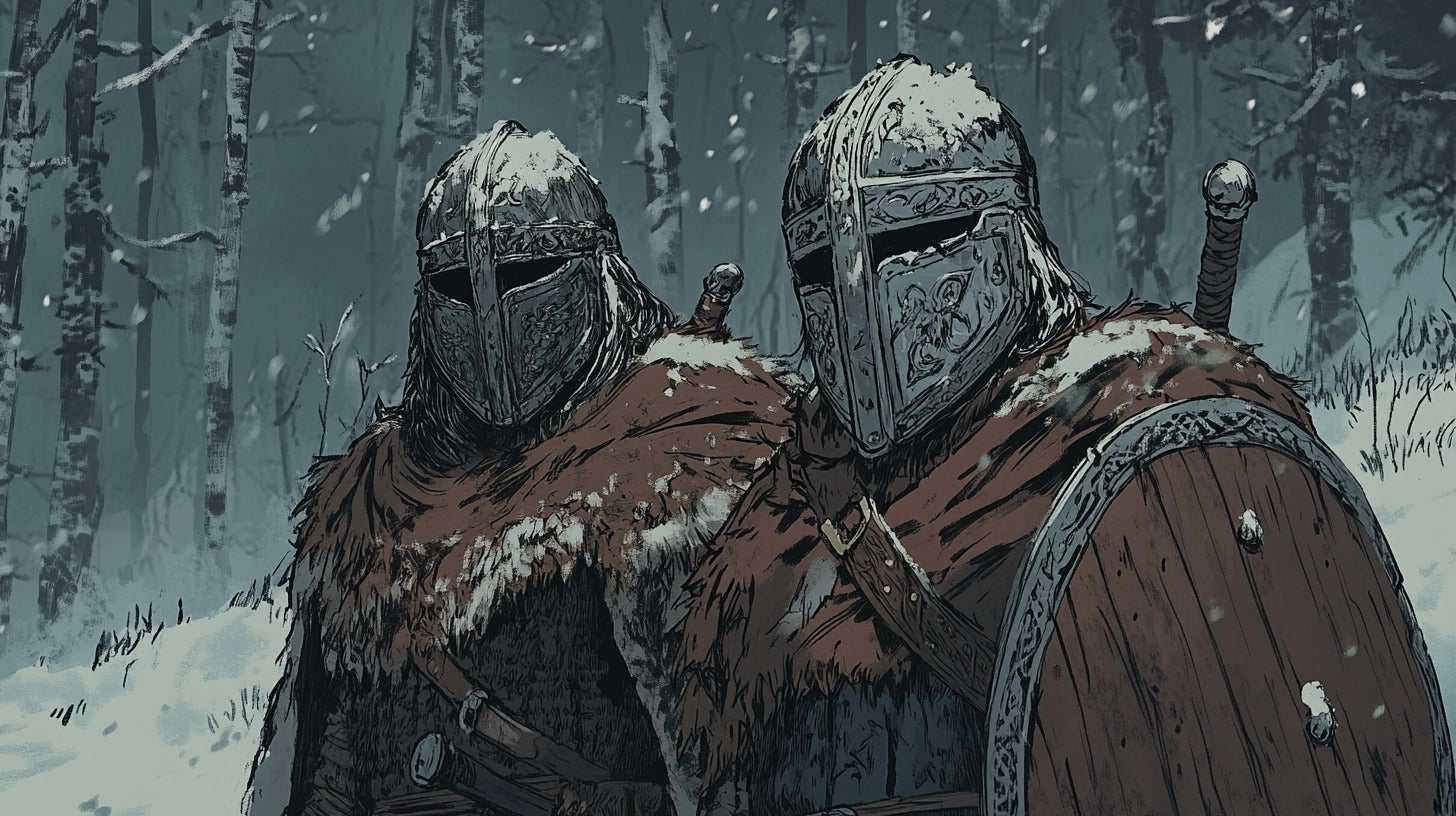
The Völsunga Saga: Kinship, Betrayal, Honour and Heroism
The Völsunga saga is among the most celebrated works of Old Norse literature, embodying the epic struggles of heroism, fate, and familial bonds. Written in the 13th century, this Icelandic saga draws from ancient oral traditions and the Poetic Edda, weaving a narrative of love, betrayal, vengeance, and honor. At its heart lies the tale of the Völsung family, whose exploits reveal the values and struggles of Viking society. With its profound themes of kinship, inheritance, legacy, and the heroic ideal, the Völsunga saga remains a timeless reflection of human ambition and frailty.
Origins and Historical Context

Illustration of one of the carvings on the Ramsund Runestone Sö 101, depicting scenes from the Völsunga saga, including Sigurd preparing Fafnir's heart.
Composed during the late 13th century, Völsunga saga captures stories that had been passed down through generations in Scandinavia and across Germanic Europe. Though written by an anonymous Icelandic author, the saga’s roots lie in older oral traditions, particularly those found in the Poetic Edda. These sources, rich in mythological and heroic material, reflect the cultural and religious tapestry of pre-Christian Scandinavia.
The narrative also bears traces of historical events from the Migration Period (circa 400–800 CE), when tribes like the Goths and Burgundians played prominent roles in shaping Europe’s political landscape. These historical echoes, combined with mythological embellishments, create a saga that blurs the line between history and legend.
Plot Summary

The saga begins with Sigi, a mortal descendant of Odin, establishing the lineage of the Völsung family. Generations later, King Völsung reigns over a powerful clan, epitomizing the ideals of kinship and strength. Völsung’s daughter Signy and her brother Sigmund become central figures in the unfolding drama. Signy’s forced marriage to Siggeir, a treacherous king, sets the stage for vengeance and tragedy.
Sigmund, armed with a magical sword gifted to his family by Odin, becomes the saga’s archetypal hero. His son, Sigurd, emerges as the ultimate dragon-slayer, defeating the mighty Fáfnir and claiming the cursed treasure of the Nibelung. Sigurd’s love for Brynhildr, a valkyrie, and the ensuing betrayals lead to catastrophic consequences, culminating in the fall of the Völsung line.
The saga’s narrative weaves a rich tapestry of heroism and tragedy, underscoring the inexorable nature of fate. Every triumph carries the seed of eventual ruin, a theme that resonates deeply within the Norse worldview.
Key Themes and Symbolism: Kinship, Inheritance, Heroism

"Odin in the Hall of the Volsungs' by Emil Doepler, depicting Odin plunging the sword into the tree, Barnstokkr.
At its core, Völsunga saga is a story about family. The bonds of kinship drive much of the narrative, from Signy’s unwavering loyalty to her brother Sigmund to the legacy Sigurd inherits from his forebears. In Norse society, familial ties were sacred, embodying both honour and obligation. The Völsungs’ quest for vengeance and justice reflects the paramount importance of preserving the family’s honor and avenging wrongs.
Inheritance plays a pivotal role, both materially and symbolically. Sigurd’s acquisition of Fáfnir’s hoard represents more than wealth; it signifies the weight of destiny and the burden of his lineage. The cursed gold serves as a metaphor for the destructive potential of greed and ambition within families.
Legacy and Fate: Betrayal, Vengeance, the Heroic Ideal

Serpent Byzantine King Chain Norse Viking Bracelet
The saga’s characters are deeply conscious of their legacies, striving to achieve deeds that will echo through history. Yet, this ambition is tempered by the Norse belief in fate (wyrd). Odin’s influence throughout the saga underscores the tension between divine will and human agency. Despite their heroic efforts, the Völsungs cannot escape their predetermined doom, reflecting a worldview in which fate is immutable.
The Völsunga saga epitomizes the Norse heroic ideal: meeting life’s challenges with courage, honor, and a readiness to face death. Sigmund and Sigurd embody these traits, achieving greatness through their bravery and skill. However, their heroism is not without flaws. Sigurd’s betrayal of Brynhildr and the ensuing tragedies highlight the complexities of human nature and the cost of ambition.
The saga’s emphasis on honourable death further illustrates this ideal. Characters like Sigurd and Brynhildr confront their mortality with dignity, reinforcing the cultural value placed on meeting death with valour.
Betrayal drives much of the saga’s conflict, from Siggeir’s treachery against the Völsungs to Sigurd’s betrayal of Brynhildr. These acts of disloyalty ignite cycles of vengeance, underscoring the destructive nature of such betrayals. The saga portrays vengeance not merely as personal retribution but as a moral obligation, integral to restoring balance and honour.
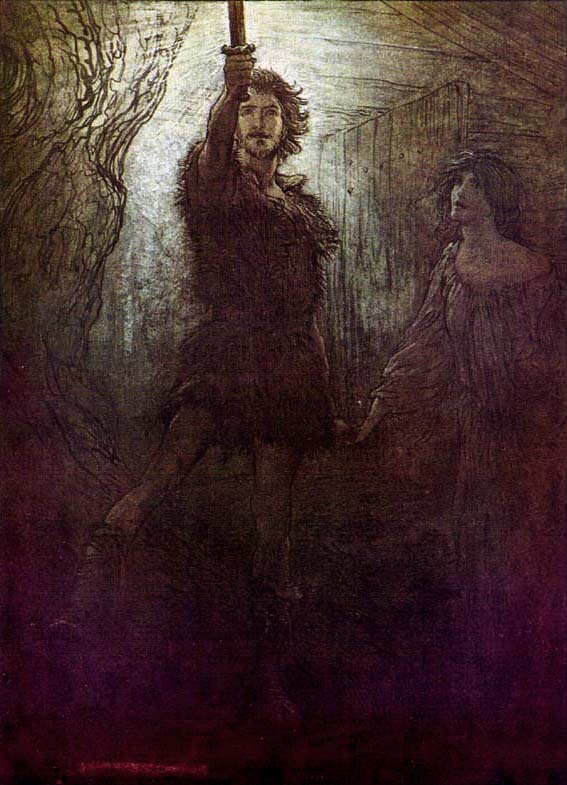
A depiction of Sigmund by Arthur Rackham.
Symbolism of the Sword
The magical sword, Gramr, serves as a potent symbol throughout the saga. Forged by Odin and wielded by Sigmund and later Sigurd, the sword represents divine favour, heroic destiny, and the continuity of the Völsung legacy. Its destruction and reforging mirror the cyclical nature of triumph and tragedy in the saga.
Cultural and Historical Impact
The Völsunga saga has left an indelible mark on literature and art. Its influence can be seen in works such as Richard Wagner’s Der Ring des Nibelungen, which adapts elements of the saga for a modern audience. J.R.R. Tolkien also drew heavily from the saga, incorporating motifs like the cursed treasure and the heroic quest into his Middle-earth legendarium.
In Scandinavia, the saga remains a cultural touchstone, reflecting the values and beliefs of Viking society. Its themes of kinship, fate, and honor continue to resonate, providing insights into the worldview of medieval Scandinavians.

Thor’s Hammer Mjölnir Amulet with Othala Rune
Modern Legacy: Conclusion
The enduring appeal of Völsunga saga lies in its universal themes and complex characters. Modern adaptations, from novels to graphic novels and television series, have introduced the saga to new audiences. Scholars continue to analyze its narrative structure, symbolism, and cultural significance, uncovering new dimensions of its impact.
The saga’s exploration of timeless themes ensures its relevance in contemporary discussions about identity, morality, and the human condition. Its rich storytelling invites readers to reflect on their own struggles with fate, ambition, and legacy.
Völsunga saga stands as a testament to the power of storytelling in preserving cultural values and exploring the complexities of human nature. Its themes of kinship, legacy, and the heroic ideal transcend time, offering a window into the worldview of medieval Scandinavia. As both a literary masterpiece and a cultural artifact, the saga continues to inspire and captivate audiences around the world.
Frequently Asked Questions (FAQs)
1. What is the main theme of Völsunga saga?
The saga explores themes such as kinship, fate, heroism, and vengeance, reflecting the values of Norse society.
2. Who is the central hero of Völsunga saga?
Sigurd, the dragon-slayer, is the saga’s central hero, embodying the Norse heroic ideal.
3. What role does fate play in the saga?
Fate is a central theme, shaping the characters’ lives and underscoring the inevitability of their destinies.
4. How has Völsunga saga influenced modern culture?
The saga has inspired works like Wagner’s Der Ring des Nibelungen and Tolkien’s The Lord of the Rings, as well as numerous modern adaptations.
5. What is the significance of the cursed treasure in the saga?
The cursed treasure symbolizes greed and its destructive power, serving as a catalyst for much of the saga’s conflict.
References
Byock, Jesse L. The Saga of the Volsungs: The Norse Epic of Sigurd the Dragon Slayer. University of California Press, 1990.
Orchard, Andy. Norse Myth and Legend. Cassell, 1997.
Lindow, John. Norse Mythology: A Guide to Gods, Heroes, Rituals, and Beliefs. Oxford University Press, 2001.
Simek, Rudolf. Dictionary of Northern Mythology. Boydell & Brewer, 1993.
Puhvel, Jaan. Comparative Mythology. Johns Hopkins University Press, 1987.
